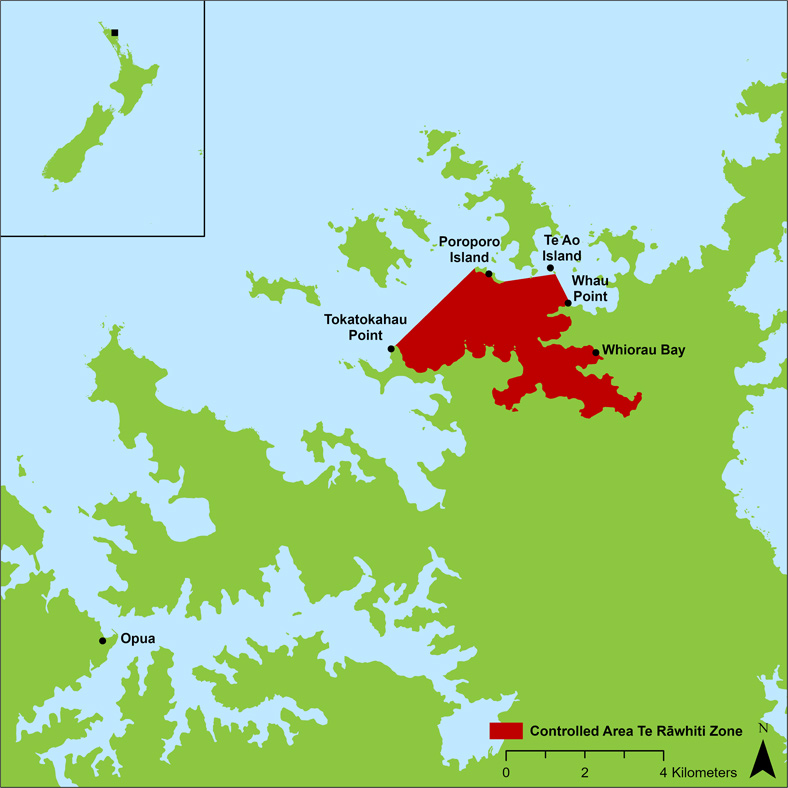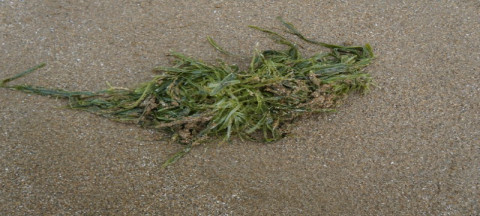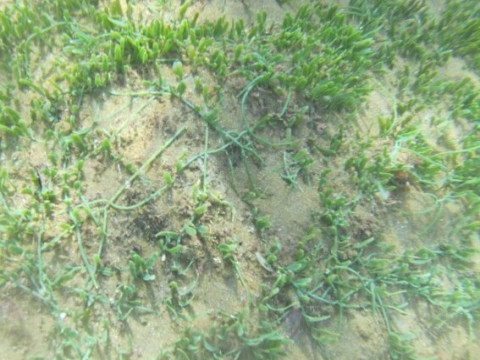Update – 23 February 2024
On 23 February 2024, the Government announced a $5 million funding boost to escalate efforts to contain exotic caulerpa.
Government boost to fight against caulerpa – Beehive
The new funding will:
- accelerate suction dredge technology currently under testing in Northland – with the aim to potentially eliminate exotic caulerpa at Omākiwi Cove in the Bay of Islands, and possibly at other sites.
- further test caulerpa elimination at Iris Shoal near Kawau Island where there is a small, sparsely spread area of caulerpa.
- address management at the boundaries of the Aotea Great Barrier Island incursion in a bid to push back the “creeping” expansion there, ahead of potentially larger-scale suppression or local elimination.
- boost surveillance at Ahuahu Great Mercury Island to better understand what appears to be a relatively small incursion and inform a possible future suppression or elimination effort.
- enable operational research to improve surveillance techniques to locate new areas of exotic caulerpa.

















